Bonus Points
There are two types of Bonus Points Offer — Add Points and Multiply Points — and several ways to distribute these Bonus Points in the form of campaign for Members in your Dashboard. You can use any of the following campaign types to issue points offers:
Date & Time Campaign
Target an audience with a single-use add or a multiply points offer on a set date and time.
Example Use Cases
Giving points to Members based on their number of visits.
Giving points to Members based on their total spend over a period.
Multiplying points for online transactions for a limited time.
Considerations
Date & Time points offers are not perpetual and once the Bonus points are earned or the Offer is expired, Members will not be able to take advantage of the campaign again.
If you are not segmenting yours customer base it is more efficient to use the Purchase Total or Purchase Item Campaign types to give our bonus points.
See how to create a Date & Time Campaign.
Registration Campaign
Reward Member’s for completing their account with bonus points.
Example Use Case
Give bonus points to new Members for completing their account.
Considerations
Registration points can only be earned once. It will only be added to their account once the person has completed their account setup by verifying their email address.
Since a “Registration” is a non-purchase event, there is not the option to multiply points.
See how to create a Registration Campaign.
Recurring Campaign
Target an audience with a fixed number of points to add or a multiply points offer on a recurring interval.
Example Use Cases
Multiply points on Tuesdays for email and SMS subscribers.
Considerations
Audiences are dynamic so the group of Members who receive the incentive may change between each scheduled campaign interval.
See how to create a Recurring Campaign.
Purchase Total
Gives all Members the ability to make a purchase within the campaign live period to earn an add or multiple of points on the order. This has an unlimited usage within the campaign live period.
Example Use Cases
On-going multiply points earn during from 2pm to 5pm on Wednesdays for happy hour.
Limited time points multiplier
Considerations
Purchase Total is always available to all Members and cannot be targeted. It can only be limited to select stores where the bonus points can be earned.
Can also be used to increase the base earn rate from 1 point per $1 spent to N points per $1 spent. However, if you want to stack bonus points along with accelerated points earning it will required additional math described here How Points Work
Spendgo not separate provide sales attribution reporting for this campaign type outside of the base loyalty program reporting
See how to create a Purchase Total Campaign.
Purchase Items
Gives all Members the ability to make a purchase within the campaign live period to earn an add or multiply offer for every qualifying item. This has an unlimited usage within the campaign live period.
Example Use Cases
Multiplying points on specific item(s)
Considerations
Purchase Items is always available to all Members and cannot be targeted. It can only be limited to select stores where the bonus points can be earned.
It is best when promoting new products or the adjust the base point earning for a limited set of items in your program.
Spendgo not separate provide sales attribution reporting for this campaign type outside of the base loyalty program reporting
See how to create a Purchase Item Campaign.
Date & Time and Recurring points offers are similar, in that these Bonus Points offers are issued in batches and loaded into a Member’s account — this means the points offer is available to a specific Member and ready for their use until it expires. Whereas Purchase Total and Purchase Items points are not added to a Member’s account until they make a qualified action. A qualified action is making a purchase (for the Purchase Total campaign), or making a purchase of a qualifying item (for the Purchase Items campaign). Purchase Total and Items are not targetable to an audience and are purely based on a Member’s behavior.
